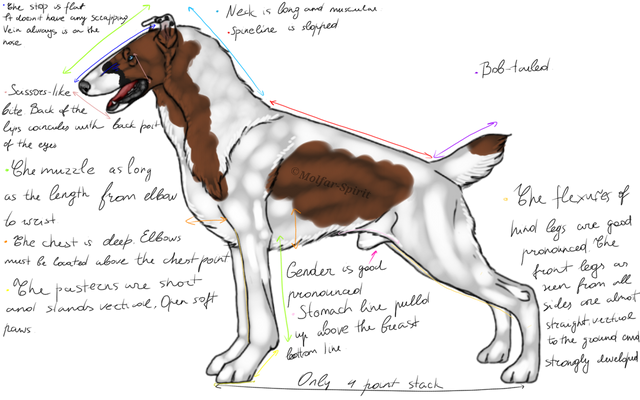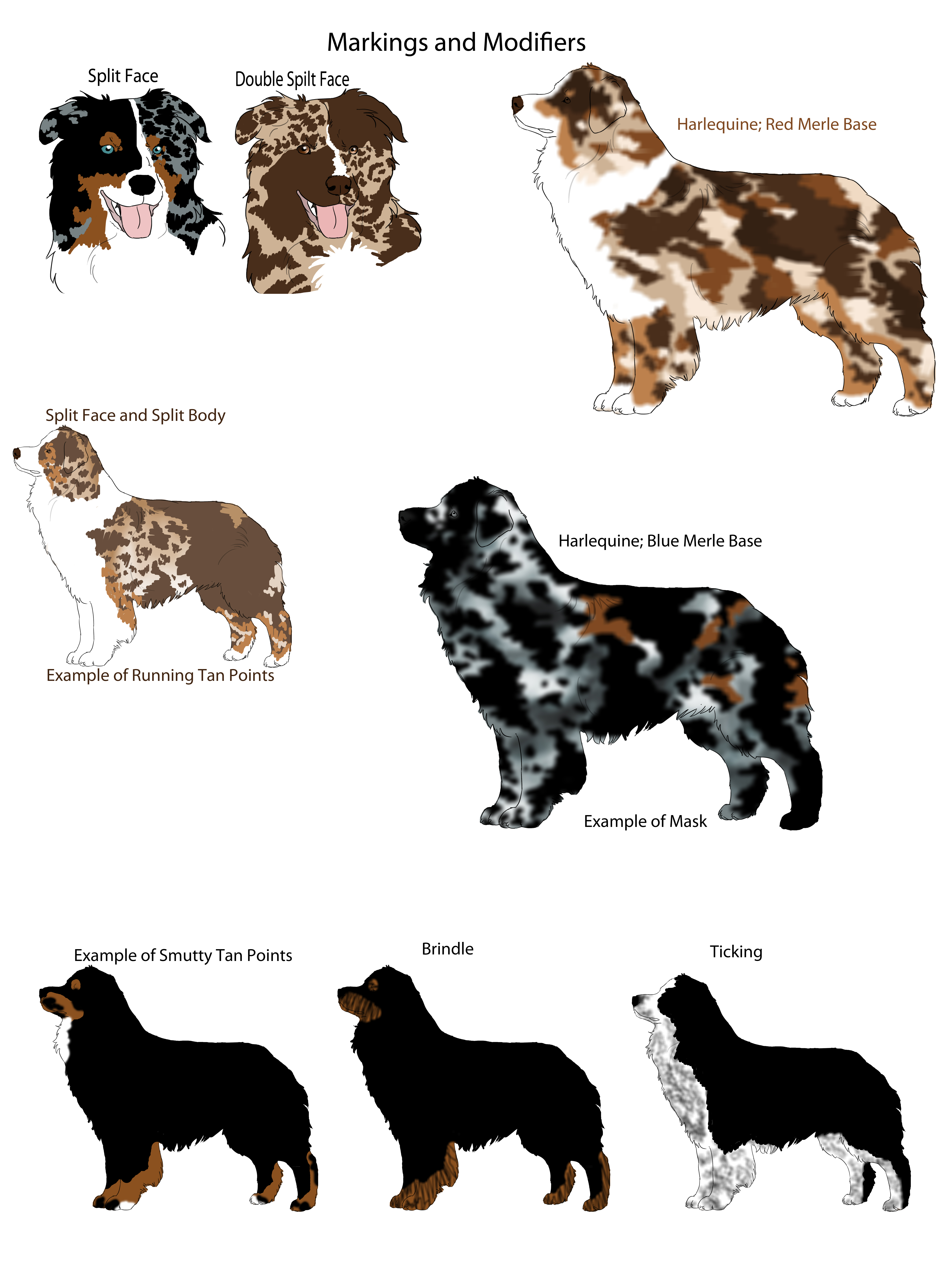HOME | DD
 Fervious — Panda GSD Guide - Part Two: Min and Max
Fervious — Panda GSD Guide - Part Two: Min and Max

Published: 2016-07-04 06:11:50 +0000 UTC; Views: 1586; Favourites: 18; Downloads: 0
Redirect to original
Description
IntroductionPanda coloring in German Shepherd dogs is the result of a novel mutation of the KIT gene in a dog named Franka. The KIT gene controls many functions of skin cells, including production of pigment. Different kinds of KIT mutations are known to exist in other species and be responsible for many white color patterns in horses and cattle, namely dominant white, tobino, sobino, and roan . However, while of these patterns are also KIT mutations, they are genetically distinct and are all named differently for a reason. This means that not only is it impossible to get Panda from crossbreeding it is a fascinating mutation that is more closely related to horse genetics than dog genetics.
---- Registration ----
Can they be AKC registered?
Yes.
Isn't it lying on the paperwork because there is no checkbox for white markings?
No. AKC registration paper colors/markings are controlled by the breed club. Some breed clubs recognize new mutations and others do not. GSDCA does not want to give the marking credibility by recognizing it. It does not make the dog a mixed bred to be out of standard. AKC willingly and knowingly registers panda-colored German Shepherds. Per AKC's own policies, one must simply register a panda-colored dog as the underlying pattern.
---- Health ----
How is it different from white in normal dogs?
Normal S locus markings that occur in most dog breeds are incomplete dominant. Purebred German Shepherds can only produce minimal white markings, and cannot carry or exhibit true piebald - despite what disreputable BYBs would tell you. Piebalds are mixed breeds with faked registration papers. While it is possible there could be a novel mutation of piebald, no one genetically verified parentage on the first-generation "piebald" dog, so it is believed a cattle dog stud was used to introduce the color. The owner of the first piebald refused to do DNA testing to disprove this theory.
Is it like double merle?
No. Double merles are often lacking important pigment inside their ears and eyes which causes full, slight, or partial blindness/deafness. Disabled puppies are never produced out of pandas, they are simply reabsorbed as a fetus. For some reason, we haven't observed any pandas with white on or in their ears. This genetic oddity probably spared them from potential complications to their hearing. Sight issues has not been linked to blue eyed pandas.
Is breeding panda to panda unethical?
It's complicated. Since the gene is dominant, all pandas are related to Franka, the first mutated dog. There are not really any exceptional examples of real-life panda German Shepherds with working titles. As a result, inbreeding on a line of dogs almost completely unproven in quality is extremely debatable. There are some coursing ability titled pandas and a few alleged to be service dogs, but beyond that I haven't personally heard of any pandas getting protection or herding titles in an official registry. There is one UKC Ch panda, but he failed his elbows and was neutered.
Franka, the first panda, was awarded the lowest grade of passing for her OFA hip test. I personally know of one Franka son who has hip dysplasia. I don't understand why anyone would linebreed on her linage with that information. Panda to Panda litters should average out to be 25% smaller that a panda x normal dog. It is illogical, but I wouldn't call it unethical.
























